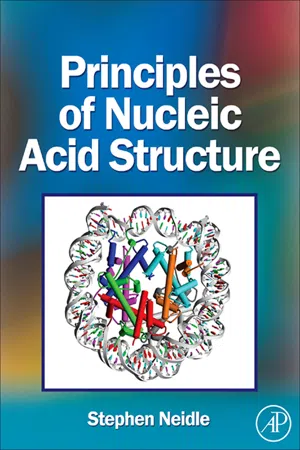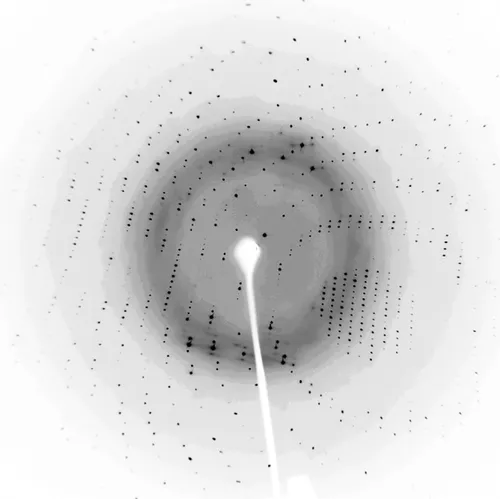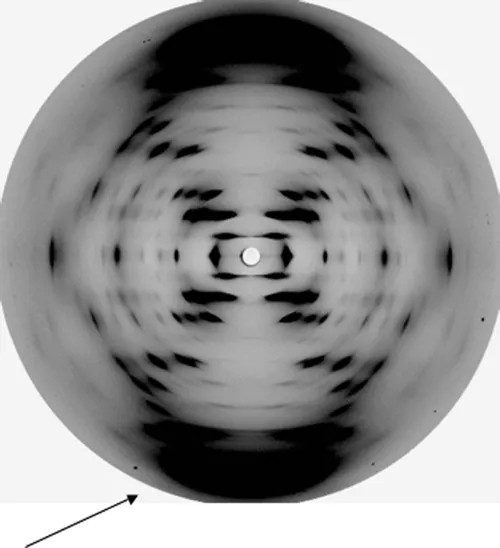
- 302 pages
- English
- ePUB (mobile friendly)
- Available on iOS & Android
Principles of Nucleic Acid Structure
About this book
This unique and practical resource provides the most complete and concise summary of underlying principles and approaches to studying nucleic acid structure, including discussion of x-ray crystallography, NMR, molecular modelling, and databases. Its focus is on a survey of structures especially important for biomedical research and pharmacological applications. To aid novices, Principles of Nucleic Acid Structure includes an introduction to technical lingo used to describe nucleic acid structure and conformations (roll, slide, twist, buckle, etc.). This completely updated edition features expanded coverage of the latest advances relevant to recognition of DNA and RNA by small molecules and proteins. In particular, the reader will find extensive new discussions on: RNA folding, ribosome structure and antibiotic interactions, DNA quadruplexes, DNA and RNA protein complexes, and short interfering RNA (siRNA). This handy guide ends with a complete list of resources, including relevant online databases and software.- Completely updated with expanded discussion of topics such as RNA folding, ribosome structure and antibiotic interactions, DNA quadruplexes, DNA and RNA protein complexes, and short interfering RNA (siRNA)- Includes a complete list of resources, including relevant online databases and software- Defines technical lingo for novices
Frequently asked questions
- Essential is ideal for learners and professionals who enjoy exploring a wide range of subjects. Access the Essential Library with 800,000+ trusted titles and best-sellers across business, personal growth, and the humanities. Includes unlimited reading time and Standard Read Aloud voice.
- Complete: Perfect for advanced learners and researchers needing full, unrestricted access. Unlock 1.4M+ books across hundreds of subjects, including academic and specialized titles. The Complete Plan also includes advanced features like Premium Read Aloud and Research Assistant.
Please note we cannot support devices running on iOS 13 and Android 7 or earlier. Learn more about using the app.
Information
Methods for Studying Nucleic Acid Structure
Publisher Summary
1.1 Introduction
1.2 X-ray Diffraction Methods for Structural Analysis
1.2.1 Overview


Table of contents
- Cover image
- Title page
- Table of Contents
- Preface
- Chapter 1: Methods for Studying Nucleic Acid Structure
- Chapter 2: The Building-Blocks of DNA and RNA
- Chapter 3: DNA Structure as Observed in Fibers and Crystals
- Chapter 4: Nonstandard and Higher-Order DNA Structures: DNA–DNA Recognition
- Chapter 5: Principles of Small Molecule-DNA Recognition
- Chapter 6: RNA Structures and Their Diversity
- Chapter 7: Principles of Protein-DNA Recognition
- Index